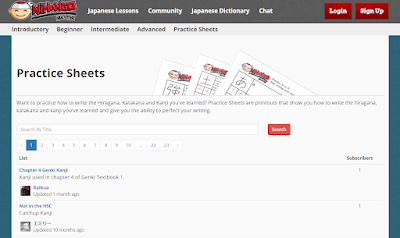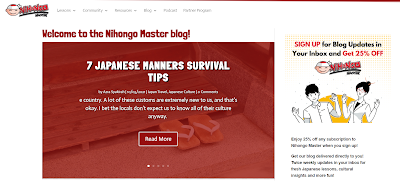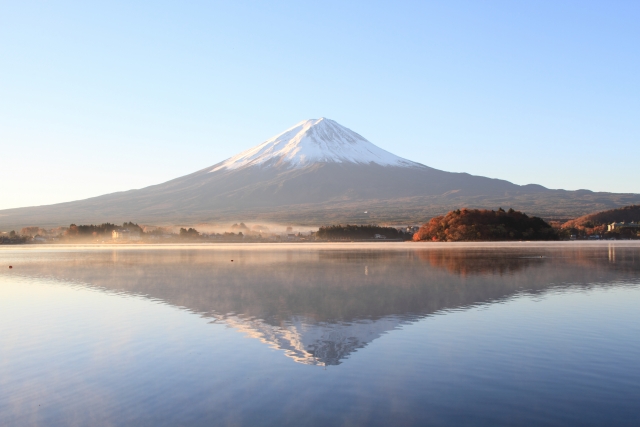I have been studying Japanese for over 20 years now and in my time, I have discovered a lot of helpful books, amazing websites, and useful applications to make that studying process that little bit more fun and engaging.
The biggest challenge for me has always been trying to stay
motivated when being bogged down in all the books. I truly believe that one of
the best ways to stay motivated is by having fun with the language. After all,
you are more likely to remember something and retain it if you are enjoying the
study process while having a blast.
I am also a very competitive person and like to test myself
by setting goals, whether that be an upcoming Japanese test, or simply beating
my friends in Japanese.
One of the best resources that I have found for studying
Japanese is Nihongo Master, a fantastic Japanese learning website to help you
study Japanese in a fun and easy way.
.png)
Here are a few reasons why I like Nihongo Master:
The curriculum has been designed by native Japanese
instructors, so you know that you are getting the best Japanese possible. People new to the Japanese language, can start with the introductory lessons to learn the basics of reading, writing and speaking Japanese. There
are hundreds of lessons for all levels of language learners from beginners to
advanced.
The audio is also produced by native Japanese speakers, which is perfect to get your pronunciation just right and sounding natural. You can listen to the correct pronunciation from the audio, then use the microphone button to record your own pronunciation of the word or sentence and compare it to the native speaker by playing back your voice. It is a really cool way to improve your pronunciation. I found it really useful for nailing those hard to say words or phrases.
The drills allow you to learn in the fastest way possible. As your studying accelerates new drills unlock. The learning is also
supported by periodic quizzes, a key to help challenge and motivate your
language acquisition.
One of the best features for me is the Kanji look-up
dictionary. This dictionary contains over 150,000 words and 13,000 kanji and is
a great tool to look up Japanese words, or English words to find the correct
Japanese equivalent.
Users can also print and customize handy character practice
sheets and study word lists.
The site is set up like a competition with points and achievements making it challenging as well as highly motivating. As you take the drills and quizzes, you score points based on how well you do. Earn enough points and you will soon move up to the next level.
The website also has a blog, which is useful for anyone looking for how-to articles, Japanese cultural tips, Japanese language lessons and much more.
They have some really interesting articles on learning Japanese such as “How to Shorten the Time to Learn Japanese” and “Top 10 Japanese Animal Noises you should learn right now!”
Nihongo Master also have their own YouTube channel and a popular podcast to help you learn Japanese on the go.
If you are looking to learn Japanese, improve your current Japanese level, or simply just need some extra motivation like me, Nihongo Master is the right tool for you.



































